Chapter 11 Hypertension or type 1 and type 2 diabetes mellitus often coexist. Hypertension (≥140/90 mm Hg) is twice as common in people with diabetes than those without diabetes (Figure 11.1). For example, hypertension is very common (up to 80%) in patients with type 2 diabetes; in women, the increase in systolic blood pressure with age is also steeper. In patients with type 1 diabetes, the presence of hypertension is related strongly to incipient or overt diabetic nephropathy. Figure 11.1 The prevalence of hypertension (≥140/90 mmHg) in individuals with type 2 diabetes mellitus. Source: Reproduced with permission from Krolewski, A.S., et al. (1985) Journal of Chronic Disease, 38, 319–326. © Elsevier. Furthermore, hypertension and diabetes are commonly associated with hyperlipidaemia. Hypertension therefore greatly increases the already high risk of coronary disease in people with diabetes – by twofold in men and fourfold in women. Patients with hypertension and diabetes also have double the risk of mortality of people with hypertension but not diabetes (Figure 11.2). Figure 11.2 Cardiovascular mortality rates in individuals in relation to their systolic blood pressure in the Framingham Heart Study. Source: Data from Vasan, R.S., et al. (2001) New England Journal of Medicine, 345, 1291–1297. The aetiology of hypertension in patients with diabetes is multifactorial. In patients with type 1 diabetes, hypertension may be related to diabetic renal disease (early glomerular hypertrophy and hyperfiltration followed by nodular glomerulosclerosis, (the Kimmelstiel-Wilson kidney) and mesangial expansion). These changes are associated with marked activation of the renin-angiotensin-aldosterone system and possibly some fluid retention. Patients with type 2 diabetes have marked volume expansion and sodium retention, perhaps related to hyperinsulinaemia as well as both microvascular and macrovascularischaemia. Plasma levels of renin and angiotensin tend to be low in type 2 diabetes (Figure 11.3). Figure 11.3 Plasma renin activity and total exchangeable sodium in patients with essential hypertension, type 1 and type 2 diabetes. Source: Data from Ferriss, J.B. (1991) Journal of Human Hypertension, 5, 245–254. Reduction of blood pressure in patients with diabetes has marked benefits for major cardiovascular events, including heart failure, cardiovascular death or total mortality (Figure 11.4). Figure 11.4 The effects of blood pressure reduction with perindopril and indapamide versus placebo in 11,140 patients with type 2 diabetes, data from normotensives and hypertensives combined. RRR; relative risk reduction. Source: Data from Patel A for the ADVANCE Collaborative Group (2007) Lancet, 370, 829–840. Cardiovascular risk is higher in patients with diabetes than those without at every level of blood pressure – even into the conventional ‘normotensive’ range. Furthermore, no ‘threshold’ below which risk substantially declines exists. A decision to use antihypertensive treatment in patients with diabetes needs to take into account the effects of antihypertensive drugs on glucose and lipid metabolism. Furthermore, reductions in progression of retinopathy, microalbuminuria, albuminuria, and progression of nephropathy occur. For example, hypertension accelerates the decline of renal function in patients with diabetes and established nephropathy; conversely, treatment with antihypertensives slows the progression of nephropathy in patients with type 1 and type 2 diabetes. There is evidence that antihypertensive drugs that block the renin-angiotensin-aldosterone system (e.g. losartan) are better at preventing new-onset diabetes than other therapies (Figure 11.5). Figure 11.5 Percent of patients developing new-onset diabetes in the LIFE trial. CI confidence intervals; RR, relative risk. Source: Reproduced with permission from Dahlöf, B., et al. (2002) Lancet, 359, 995–1003. © Elsevier. Current guidelines recommend that reduction of blood pressure with drug treatments is indicated in people with type 1 or type 2 diabetes when the systolic blood pressure is ≥140 mm Hg or the diastolic blood pressure is ≥90 mm Hg. Targets for the treatment of blood pressure also are lower in patients with diabetes; the ‘optimal target’ is <130/80 mm Hg. Angiotensin converting enzyme (ACE) inhibitors are recommended as first-line therapy for people with diabetes and hypertension because of their benefits on cardiac function, vascular disease and possibly neuropathy. There is now also convincing evidence that angiotensin-blocking drugs delay the deterioration in renal function in patients with diabetic nephropathy associated with both type 1 and type 2 diabetes, reducing end-stage renal disease and the need for dialysis and renal transplantation (Figures 11.6 and 11.7). Figure 11.6 Percent of patients developing clinical end points in a trial of captopril versus placebo in type 1 diabetes and nephropathy. DSCr, doubling of serum creatinine. Source: Data from Lewis, E.J., et al. (1993) New England Journal of Medicine, 239, 1456–1462. Figure 11.7 Comparison of losartan versus placebo on the progression of renal damage in patients with type 2 diabetes and incipient nephropathy. Source: Data from Brenner, B.M., et al. (2001) New England Journal of Medicine, 345, 861–869. There is some evidence that the ACE inhibitor, lisinopril reduces the progression of diabetic retinopathy, although more information is needed (Figure 11.8). Figure 11.8 The effects of lisinopril versus placebo on the progression of diabetic retinopathy in patients with type 1 diabetes. Source: Reproduced with permission from Chaturvedi, N., et al. (1998) Lancet, 351, 28–31. © Elsevier. Patients with type 2 diabetes are generally older than those with type 1 diabetes. They are more prone to cardiovascular disease (CVD) (heart attacks and strokes and less prone to microvascular complication mainly nephropathy and retinopathy). There is good evidence that antihypertensive drugs do reduce cardiovascular events (Figure 11.4). Most patients with hypertension and diabetes will need a combination of antihypertensive drugs (often three or more) to reach targets for blood pressure. The combination should include an ACE inhibitor or angiotensin receptor blocker as per the BHS-NICE guidelines (see Chapter 9). Initial therapy should almost always be with an angiotensin-blocking drug, but In most cases, an ACE inhibitor or an ARB alone will not control the blood pressure to below 130/80 mm Hg. If this is the case, the second-line drug should be a calcium channel blocker like amlodipine, nifedipine or verapamil. There remains some controversy on the optimum choice of third-line therapy if two drug classes fail to achieve targets. In theory, the thiazide-type diuretics might not seem the best choice with their tendency to increase glucose intolerance. However, if low doses are prescribed, this effect is small and is significantly offset by the benefits of achieving optimal blood pressure control. The co-prescription of ACE inhibitors with ARBs (dual blockade of the renin-angiotensin system) is highly controversial. Analysis of all the limited number of short-term antihypertensive efficacy studied strongly suggests that little added blood pressure control is achieved in patients who do not have concomitant diabetes (Figure 11.9). There is, however, some evidence that this combination may be of use in patients with diabetes with some improvement in pressure control and a reduction of proteinuria. In theory, dual blockade might cause a sharp rise in serum creatinine, so very careful monitoring is mandatory. There are reports that dual blockade of the renin-angiotensin system may provoke acute renal failure. Figure 11.9 Meta-analysis of 14 randomised trials of the effects on systolic blood pressure of the co-prescription of an ACE inhibitor with an ARB. Source: Data from Doulton, T.W., et al. (2005) Hypertension, 45, 880–886.
Special groups; diabetes mellitus, renal disease, renal artery stenosis and connective tissue diseases
Diabetes mellitus
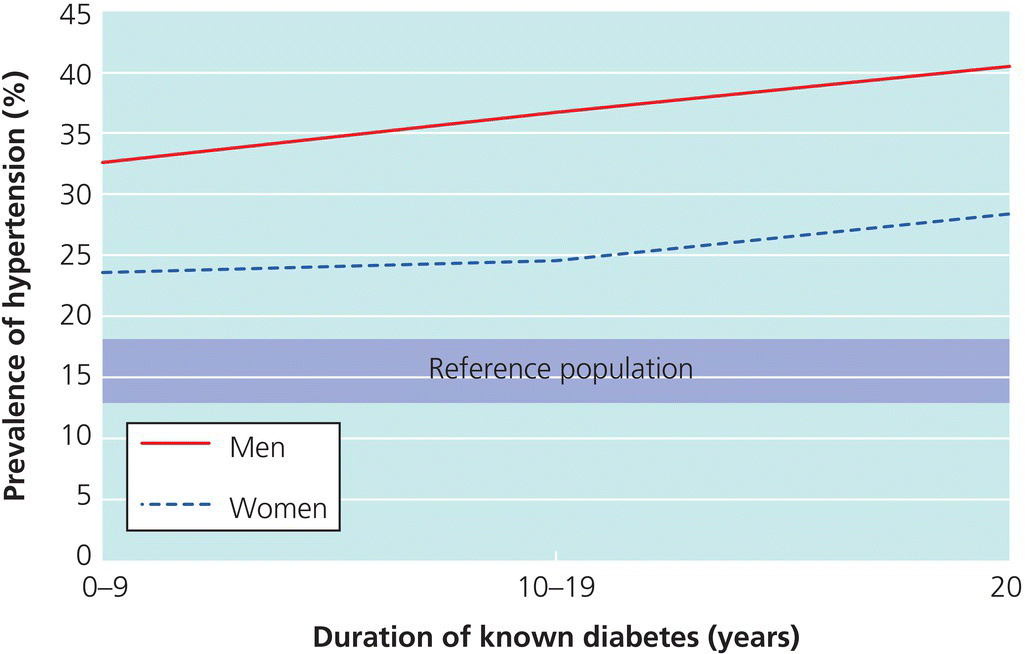
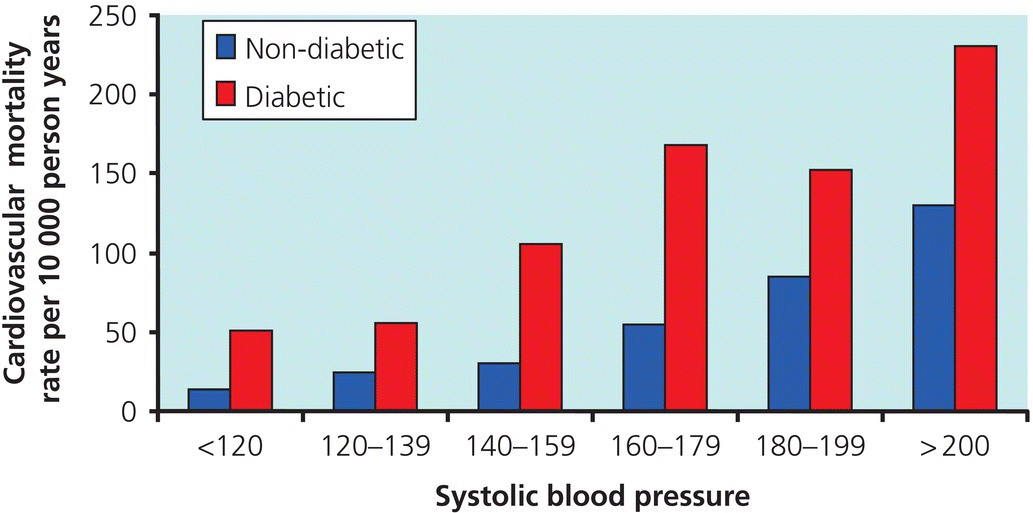
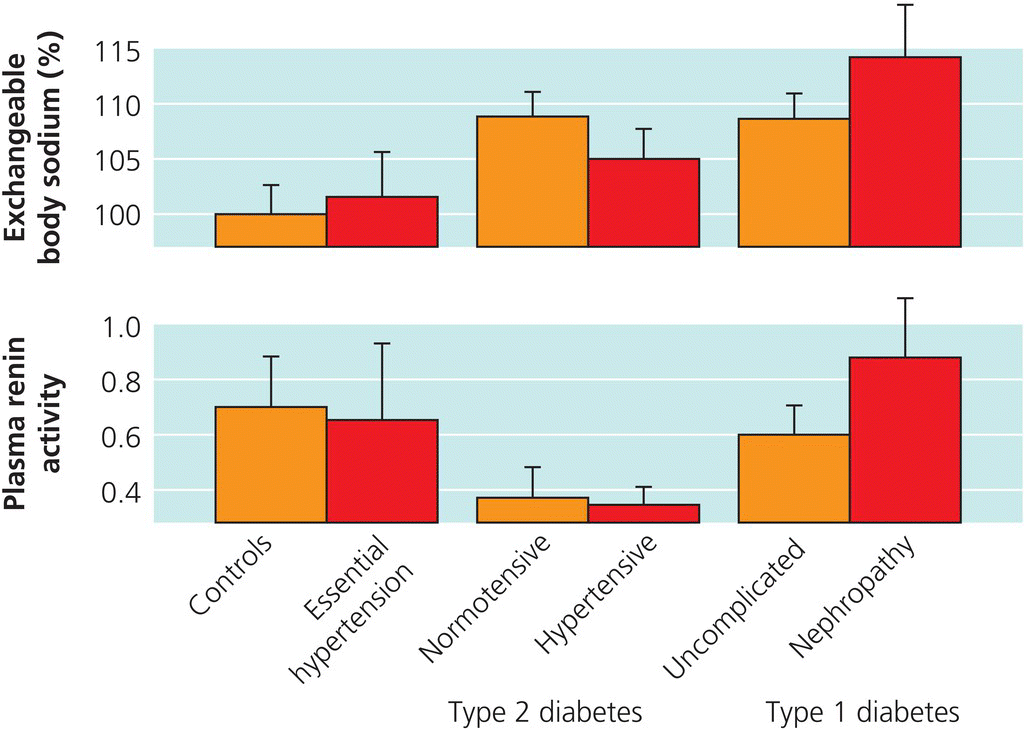
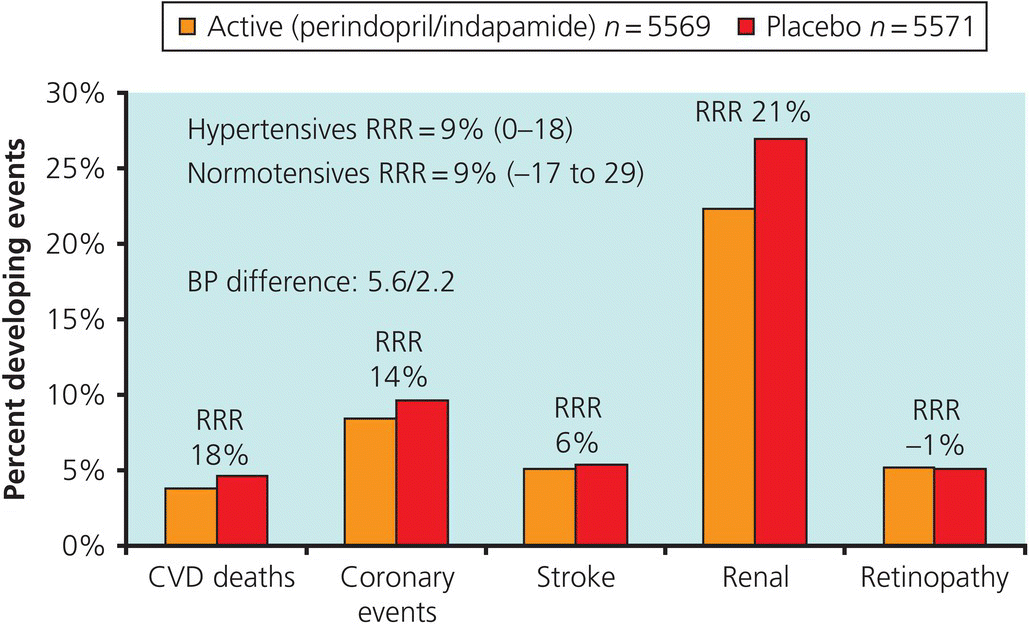
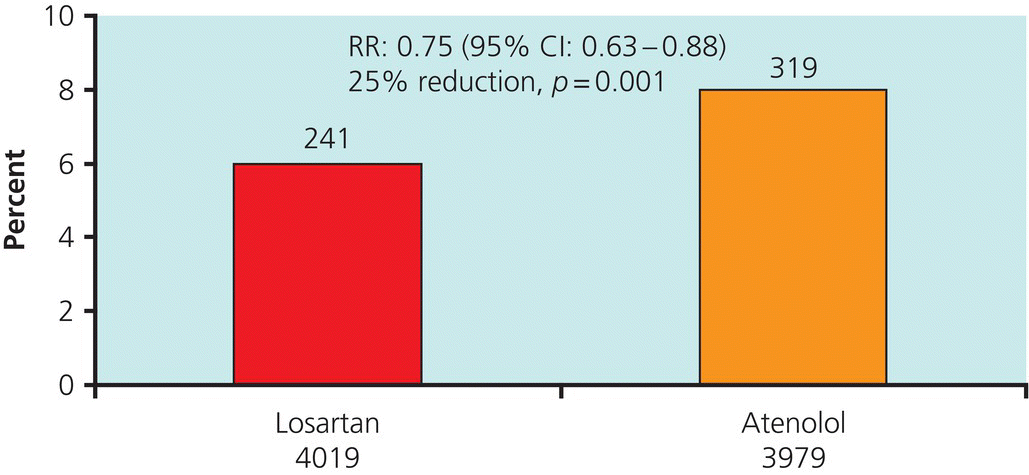
Choice of therapy
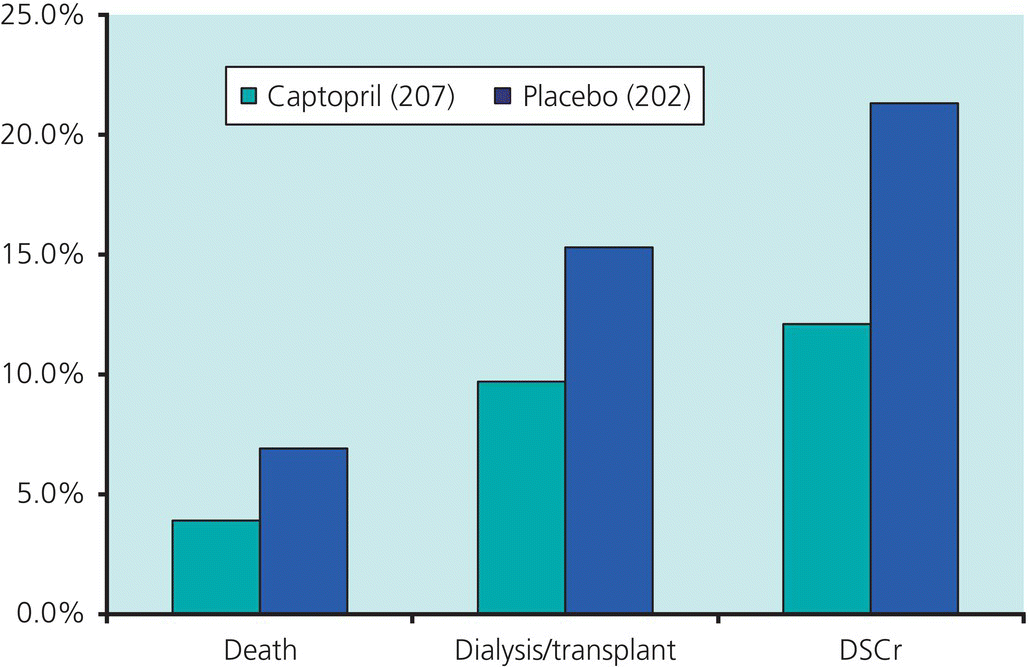
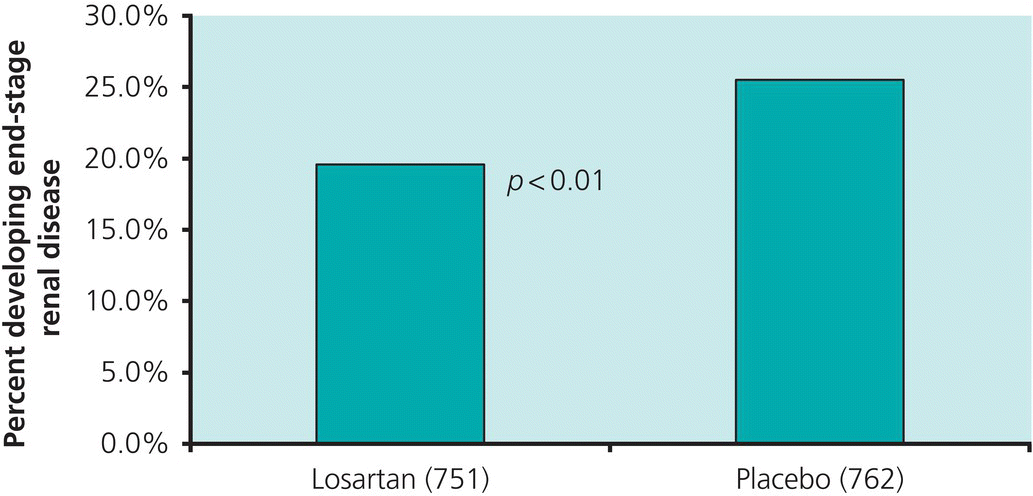
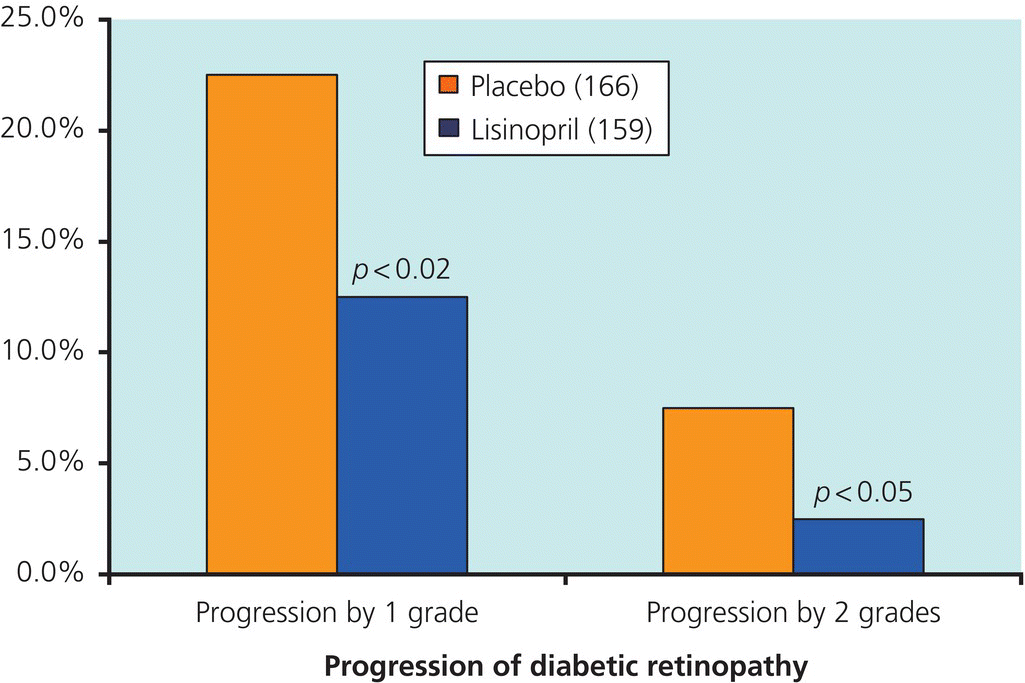
ACE Inhibitors with ARB in diabetes
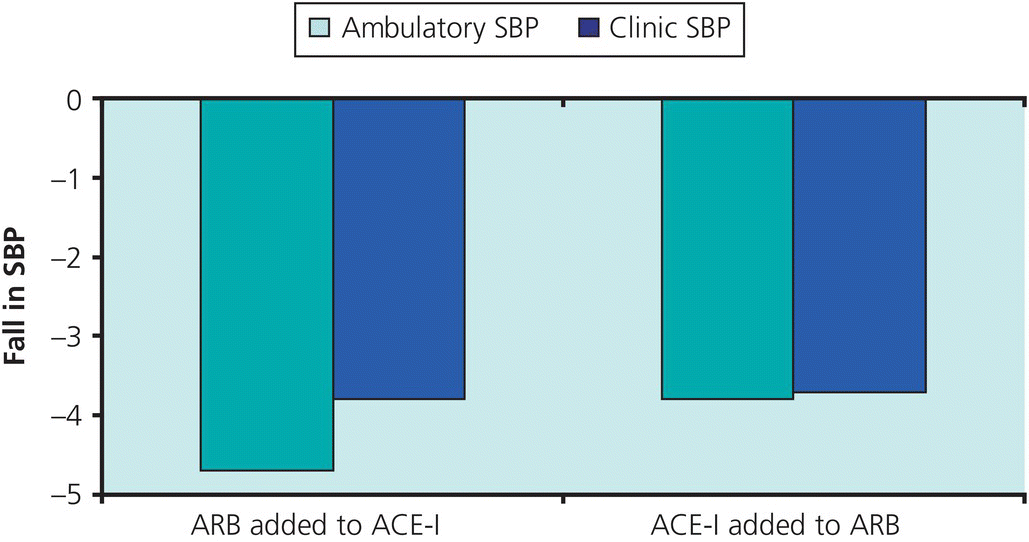
Special groups; diabetes mellitus, renal disease, renal artery stenosis and connective tissue diseases
Only gold members can continue reading. Log In or Register to continue

Full access? Get Clinical Tree


